Editor’s note:this is the first in an ongoing series of travel / tourism related pieces we will be carrying as Taiwan slowly gets back on its feet, and opens its arms to the world once more.
Around 11 million tourists visit Taiwan every year.
According to the nation’s tourism bureau survey, sixty percent of these tourists saw Taiwan tourism ads and / or travel reports before deciding to come to Taiwan, and of those that make it this far, over 40% plan their own itineraries whilst seeing the country.
Taiwan, at the heart of Asia, truly is a great place to visit.
Shifen Scenic Area
Located in one of the most famous spots in the north of the county, Shifen Waterfall is sometimes referred to as Taiwan’s Niagara Falls.
The falls themselves attract millions each year eager to glimpse the natural beauty of Taiwan.
Located in Pingxi Township in New Taipei, numerous article and photos have already done justice to Shifen Old Street and the nearby waterfall.
However, instead of visiting only the well-trodden “Train Street” and the waterfall – or perhaps after doing so – there are also other less popular spots near Shifen which more independent tourists might find of interest.
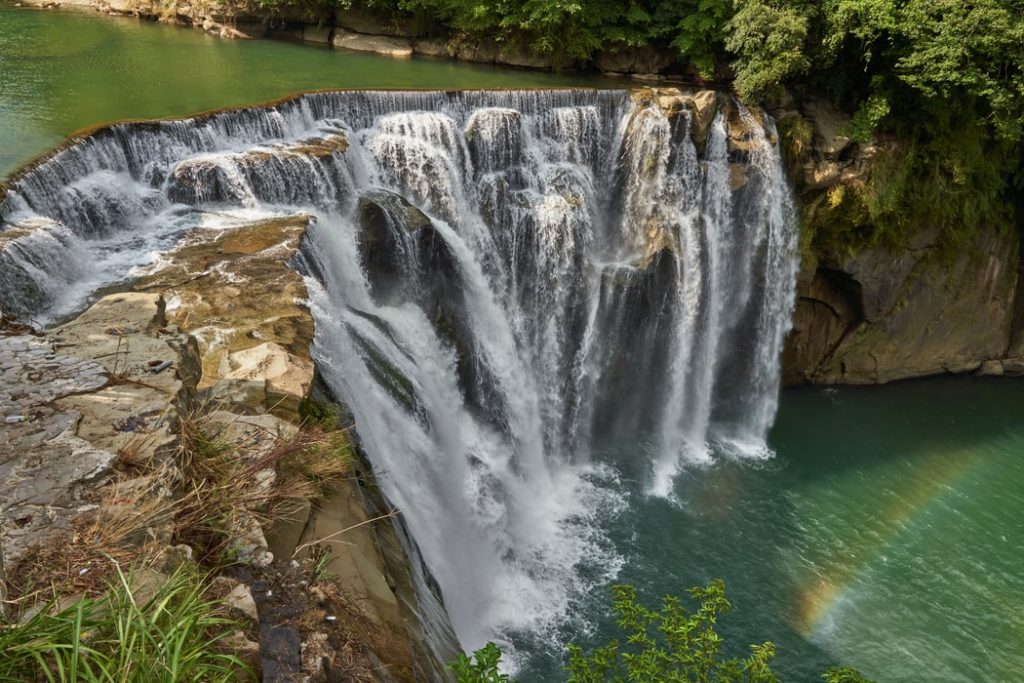
The Shifen Falls, so as not to pass them by completely, were carved into the rock over millennia by the Keelung River, northern Taiwan’s largest, longest, and perhaps most historically important river.
And, although the drop from the top of the falls to the bottom is not that far, the falls are the widest ‘curtain waterfalls’ in Taiwan.
The Shifen trial also starts here, and serves as the first stretch of the Tamsui-Kavalan Historic Trail (淡蘭古道), eventually passing across the Taipei Basin and east over into the Yilan Plain.
This part nearest here connects Nuan Nuan in Keelung with Shifen in New Taipei City, and in centuries past was a region inhabited by Taiwanese aborigines, Spaniards, the Dutch, the Japanese, and eventually the Han Chinese.
Near the waterfall is an area famous for setting off lanterns into the night sky – Shifen Old Street.
However, because of environmental issues, the local government now encourages tourist to use the more environmentally friendly ‘eco-lanterns’ made of biodegradable materials!
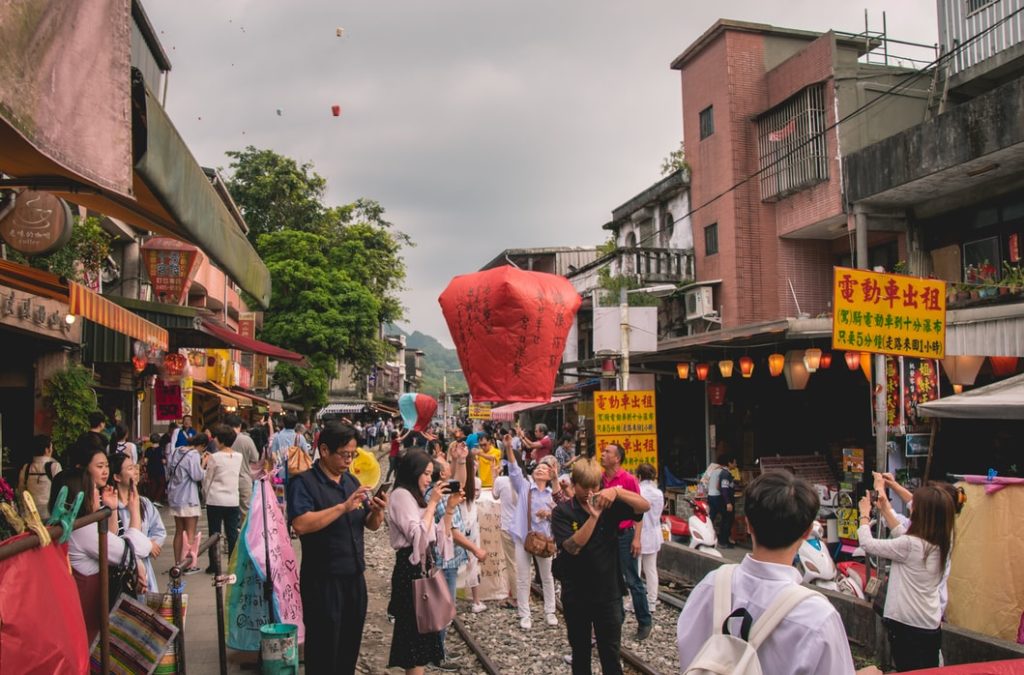
C: Vernon Raineil Cenzon – Unsplash
If you are not afraid of heights and quite a few steps, the Xiaozishan Trail is another local ‘must-see’.
Photos of the Xiaozishan trail and surrounding landscape make it appear as if it is impossible to climb from most angles.
However, there are ladders that can help you conquer(!) this tricky trial.
Prepare your hiking shoes though, and make sure they have a good grip for the slippery and muddy path up!
Situated between Pingxi and Jingtong stations on the Pingxi Branch Line, it is not too difficult a task to accomplish.
From here you can overlook Mt. Putuo and Mt. Cimu although the peak is a bit narrow and can only take around 10 people at any one time, so make your photo taking snappy!
Set aside around 1 – 2 hours to climb the trail and don’t remember to bring a pair of gloves, as you’ll probably need them when grabbing the ropes!
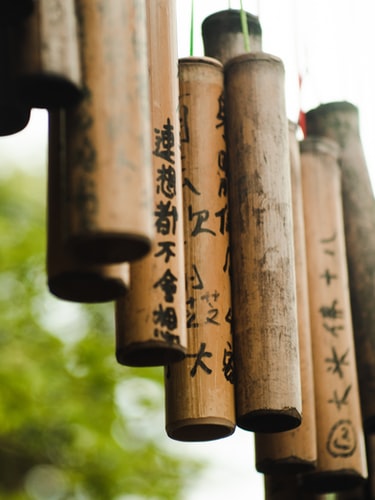
In contrast to the always crowded Shifen Old Street, Jingtong Old Street as the terminal station of the Pingxi Railway Line also offers a range of local delicacies and souvenir shops for those making it this far.
As you walk from the train station you will see a bunch of ‘wishing bamboo’ hanging quietly for passers-by to make an eco-friendly wish – in comparison to the sky lantern method of bringing good fortune up the track, that still, sadly, pose a threat to the local environment.
Originally a mining market, the Jingtong Old Street settlement was built during the Japanese occupation (1895 – 1945) and a renovated pit-head is now a mining museum to commemorate the historic spot.
You can actually still visit the Shidi Inclined Coal Pit, which used to be part of the largest mine in Taiwan and features coal washing and transportation facilities outside the pits.
And for TV and movie fans, this is a location used by several Taiwanese idol dramas, thus it serves today as a popular Instagram spot!

To reach our final destination, and heading back in the direction of Shifen, the Wanggu Waterfall, is across the Qinghe Suspension Bridge and then the Wanggukeng Bridge after leaving the train station.
Don’t miss the amazing views here if you are rail fan.
The Wanggukeng Bridge is always a gathering spot for fans to capture images of the train crossing the bridge.
Walk 10 – 15 minutes from Wanggu Station to this hidden waterfall that rises in the Jiangziiao Mountains, and flows southward into the Keelung River.
The Wanggu Waterfall itself has four levels, however, due to maintenance work in the area, the 3rd and 4th level waterfalls can now only be glimpsed through the trees.
There is no trail to these falls.
The second waterfall is the largest and is the spot people will swim and hang out.
For photos without the crowds and to enjoy the waterfall alone, be sure to visit the waterfall on weekdays!

The Pingxi area is not only a place with natural scenery but also a long and rich historical story to tell.
The railway in the Pingxi area was built because of coal, but it did not disappear when the coal seams were all used up.
Instead it was left first as a lifeline for local residents, and has now seen a second wind as a way for tourists to access the area.
Be one of them!
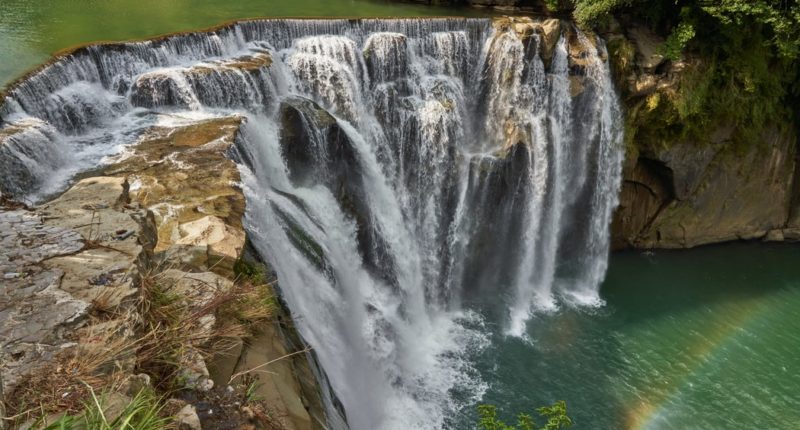
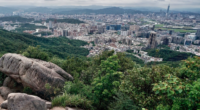
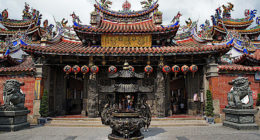







Comments are closed.